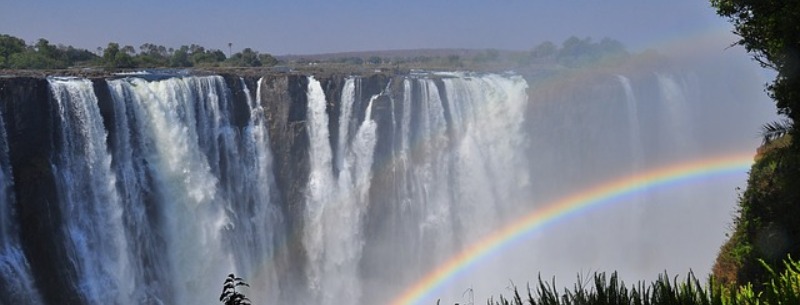Legendary Walking Safari
There is something special about Zambia that hits the heart and soul. The warm and friendly locals seem to have a special bond with the natural environment here, which is probably what David Livingstone discovered during his 30 years in Zambia – and you can experience some of that for yourself by visiting the town that bears his name during a tour.
Zambia is renowned for the quality of its safari operations, run by some of the world’s most knowledgeable wildlife experts. Land of the legendary African walking safari, the earth’s biggest waterfall, the wild Zambezi River, breath-taking lakes and wetlands, a profusion of birds, abundant wildlife, and raw, pulsating wilderness – all in one friendly country. Zambia acknowledged as one of the safest countries in the world to visit, whose people live in peace and harmony.

The lodges and camps in Zambia are small, each having its own unique charm and character and offering top quality service. Blessed with 17 waterfalls, including the spectacular Victoria Falls, Zambia offers holidays filled with adventure and scenic beauty. You might like to visit South Luangwa National Park, as well as considering the many other stunning locations to match your taste, style, and budget.
You may take part in a wide range of high-action activities: from the legendary walking safari deep in the wilderness to world-class river rafting, bungee jumping into the deep gorge below the Victoria Falls, abseiling, canoeing safaris down the Zambezi, river surfing, and excellent Tiger fishing.
The breathtaking African sunsets make the visit even more worthwhile.
Must-see attractions
Victoria Falls is the ‘must-see’ attraction in Zambia for many visitors, but there are also the mighty Zambezi River and several National Game Parks offering superb game viewing.
Victoria Falls
When you experience Mosi oa Tunya (the smoke that thunders), you’ll realize why it comes with credentials like no other place. One of the seven natural wonders of the world, the largest falling water curtain on earth serves as the perfect ending to a safari in southern Africa.
If it’s a full moon you may even see a lunar rainbow – a natural miracle so moving you will never forget it. You can fly over in a tiger moth, microlight or helicopter. For the more adventurous, go white water rafting or bungee jumping from the bridge.
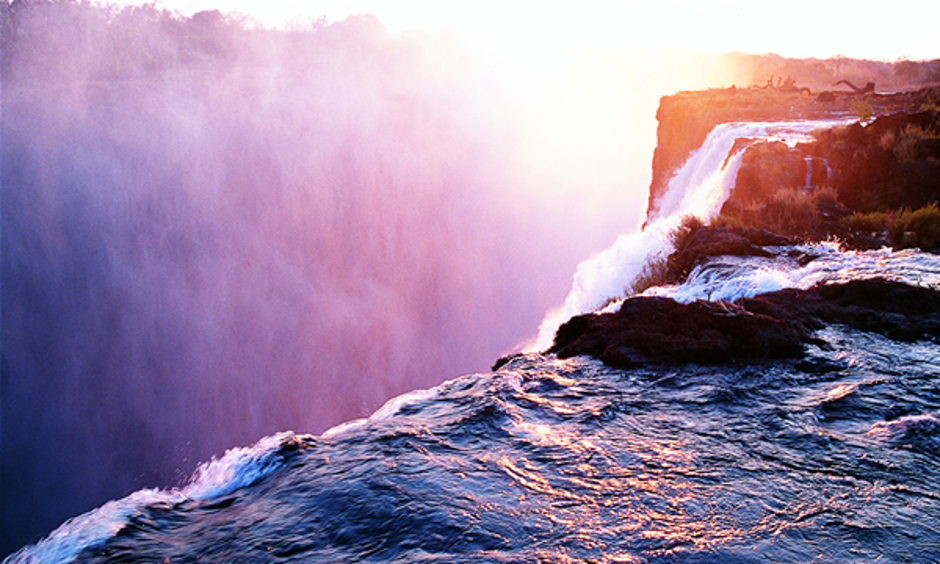
Zambezi River
The mighty river that created the Victoria Falls flows through six countries in Africa, but none shows its magnificence more than Zambia. The Lower Zambezi National Park was declared a National Park in 1983. Only licensed operators may conduct safaris in the area, and only a few lodges situated within the park may conduct river and canoeing trips there.
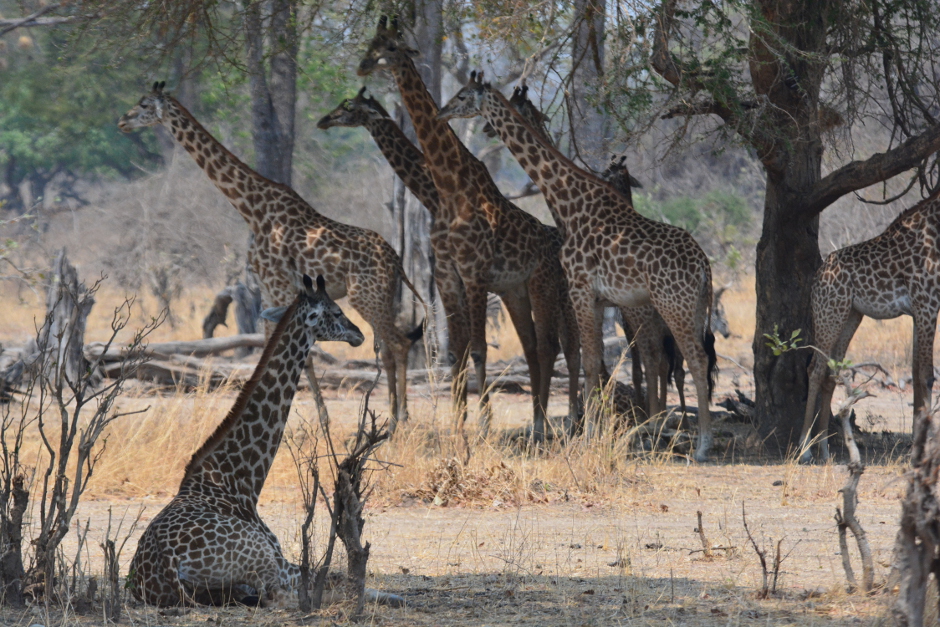
South Luangwa National Park
With over 400 types of birds and 50 species of mammal, this remote land is where walking safaris were pioneered. It is also home to the Thornicroft Giraffe, the only place it can still be seen, along with Cookson’s Wildebeest.
One of the best places to see a leopard, the peaks of the terrain contrast beautifully with the depths of the Luangwa valley, where hippos and crocodiles complete the spectrum of wildlife on display in this most exotic of places.
Kafue National Park
The Kafue National Park was established in 1950 as the fourth largest park in the world. From the astounding Busanga Plains in the north-western section of the park to the tree-choked wilderness and the lush dambos of the south, fed by the emerald green Lunga, Lufupa and Kafue Rivers, the park sustains huge herds of a great diversity of wildlife.
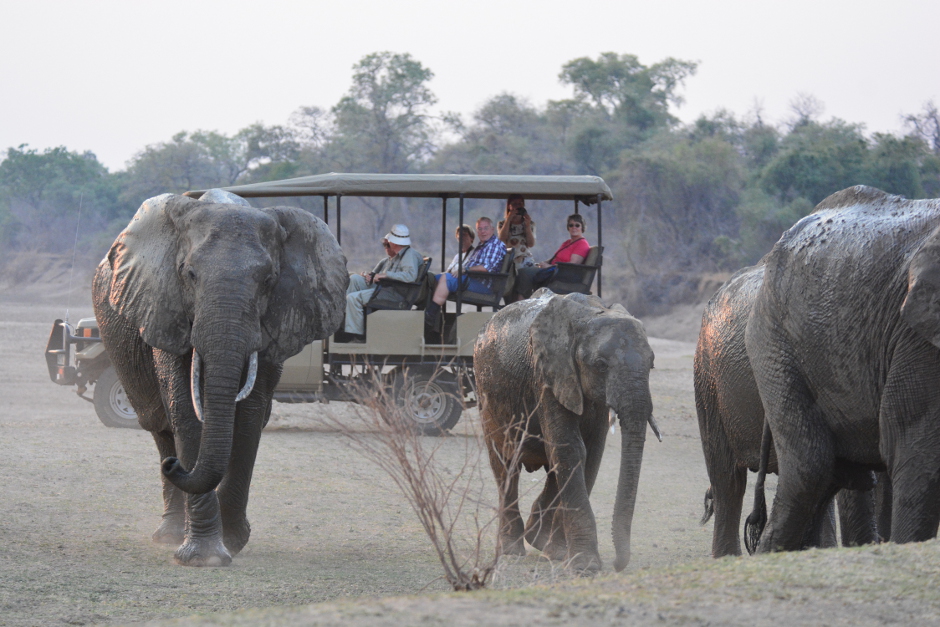
When to visit
The seasons in Zambia are distinct and offer very different traveling experiences. Road travel, game viewing and visiting Victoria Falls can vary depending on the time of year you visit.
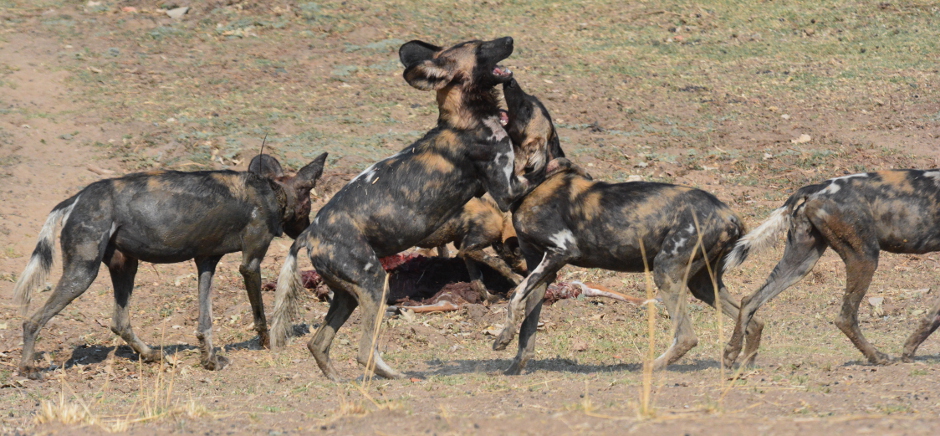
Zambia’s climate
The dry season, May to November, is the easiest time to travel, as then you are unlikely to meet rain and can expect clear blue skies. This is ideal if this is your first trip to Africa, or if seeing lots of big game is the top of your wish-list. June and August are the coolest, and the heat gradually builds up from September onwards. Lower altitude places like the Luangwa and Lower Zambezi can get very hot towards the middle of October.
May to October are the best months for viewing cats – leopards are easier to see as they come earlier in the evening, and lion sightings become more frequent because the buffalo are in large herds near the limited remaining water sources, just before the rains start.
November is a variable month, but many days can be cooler than October, as the gathering clouds shield the earth from the sun. Sometimes these bring welcome showers, sometimes they simply build, and with them come tension and humidity.
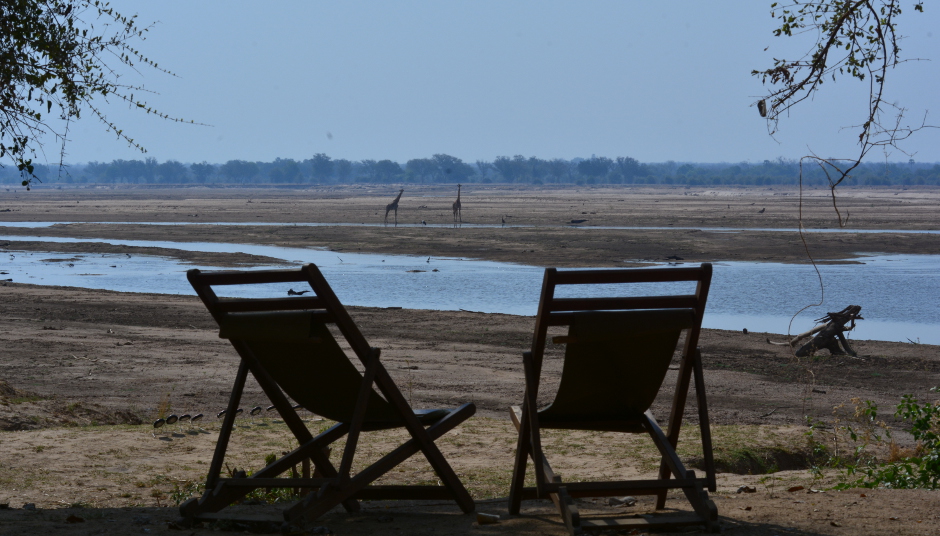
The wet season, December to March, is totally different, and the days can vary enormously from one to the next. Even within a day, skies will often change from sunny to cloudy within minutes, and then back again. Downpours are usually heavy and short. Even in the lower valleys, temperatures are pleasant, rising to only around 30°C, and the nights moderately cool (typically down to perhaps 10°C). You will need a good waterproof for the rainy season, but it seldom rains for long enough to really stop you doing anything, (except when traveling on bush roads…)
The birdlife in Zambia is certainly best when the foliage is most dense, and the insects are thriving in the wet season. The many resident birds are nesting and in their bright breeding plumage. This coincides to a large extent with the ‘summer’ period, from around October to March, when the Palaearctic migrants from the Northern Hemisphere are seen.
